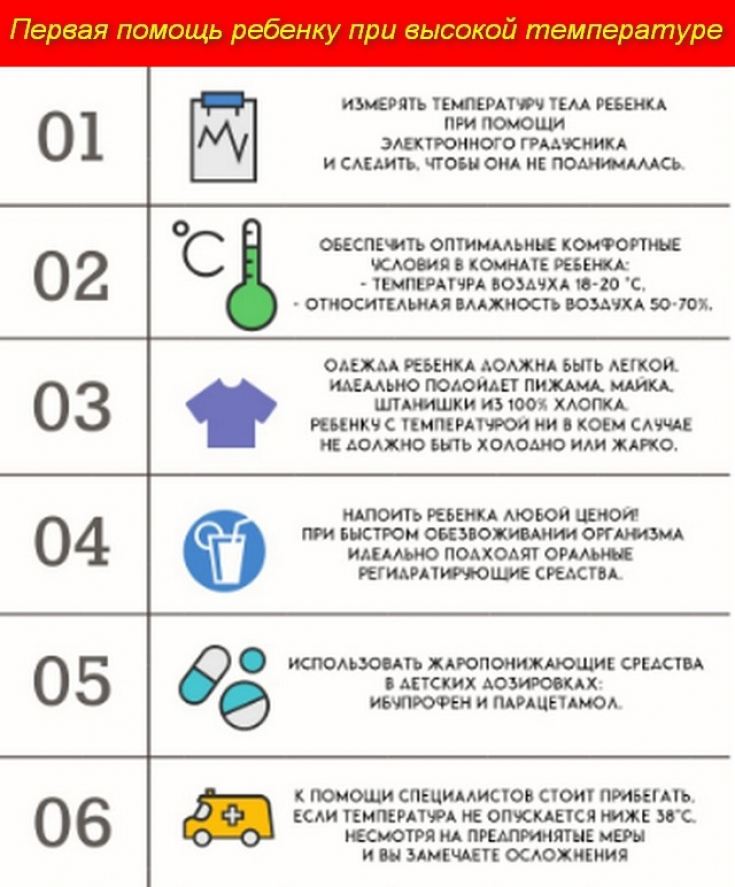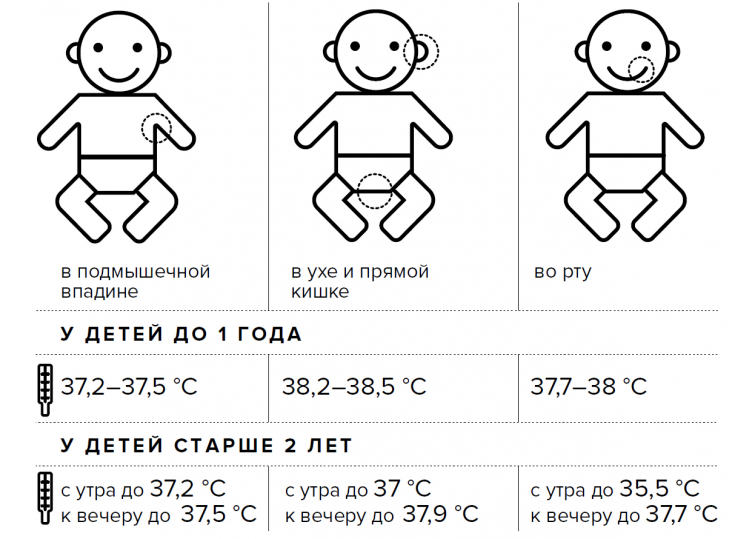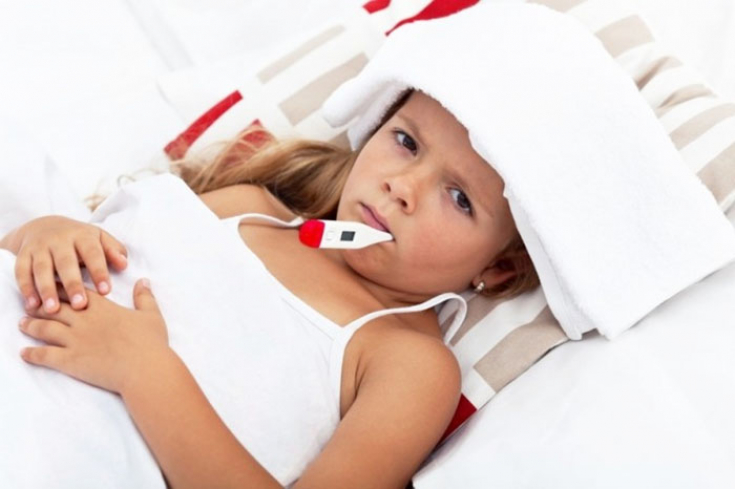Fever in a child is a common occurrence, but no matter how old the baby would be, parents worry about such a state of the cub. This is natural, because the heat is a signal that the body is not all right. Fever can be a symptom of a range of illnesses and conditions, so it's important for parents to know how to deal with it.
The editors of estet-portal.com will tell you what to do to parents if the child has a fever. You will learn when you can give antipyretics, and when to call an ambulance, what to improve the child's condition and what actions may make it worse.
- Child with fever: don't panic
- Parental Actions When Child Has a Fever
- When to call an ambulance for a child
- Easy ways to bring down your child's temperature
- What is forbidden at elevated temperature in child
Child has a fever: don't panic
The first feeling that covers you when you see a mark on the thermometer above 36.6 – it's panic. But just now it is not appropriate, try to calm down, because your condition is transmitted to the child. The kid should not worry so that the degree does not rise even higher. Keep calm, because fever is a protective reaction of the body to microbes, viruses, allergens and other phenomena that are potentially harmful to the baby. Knowing this, you will be able to control yourself.
Subscribe to our page in Instagram!
It is known that even with an increase in temperature by 1-1.5 degrees stops the reproduction of viruses. After that, the immune system acts to protect the body, in connection with this it is not always advisable to give the child
If you only suspect that the child has a temperature, then be sure to use a thermometer. Remember that the baby must be as calm as possible so that you determine the exact numbers.
Read also: Antibiotics for children: use wisely

Then your actions are as follows:
• if the temperature has reached 38 in a child under one year old, then it is worth giving an antipyretic;
• when the child is older, it is advisable to give the mixture only after reaching 38.5 degrees;
• every 3-4 hours, record the temperature, as well as the effect of the antipyretic;
• ventilate the room if it is summer, and in winter you can increase the humidity in the room with a wet
towel on the battery.
It's good when the remedy worked and the child got better, but there are situations when you should not hesitate, but you need to call an ambulance.
Read also: Optimal air humidity for a child in an apartment: why it is important for health

Call is inevitable when:
• high temperature is observed in a child up to 3 months;
• high temperature does not respond to drugs, does not subside, or even continues to rise;
• a rash appeared in the child on the legs and knees, especially when it looks like hemorrhages;
• convulsions are observed in the child;
• the baby has frequent and noisy breathing;
• there is severe lethargy, inhibition of reactions or delirium;
• the child begins to throw back his head and arch his neck;
• fever accompanied by diarrhea and vomiting;
• no urination or urine has an unusual color;
• the child has chronic diseases of
important organs.
When a child's body temperature has not reached a critical point, and you did not give antipyretics, then there are ways to reduce the temperature.
To improve the condition of the sick person and slightly reduce the temperature will help:
• often drinking in the form of ordinary water or linden decoction;
• fresh and cool air;
• lotions from a cotton napkin or towel soaked in water at room temperature;
• use of moisturizers for the skin, because the nose and lips of a child dry up with a fever;
• lightly massaging the feet if they are cold will improve the blood circulation in the body.

With your doctor's approval, cloth bandages may be applied to the forehead, wrists, and legs. The fabric is moistened in a solution of table
vinegar with water (in a ratio of 1:1).
Fever in a child requires the correct actions of parents, who are in no case recommended:
• wrap a child, even if he is trembling, then you should not cover him with wadded and woolen blankets, use a light sheet or a regular blanket;
Read also: Night dry cough in a child: what does it mean and how to treat
• trying to feed the child, because the lack of appetite – this is the norm with a fever, the body fights the virus and directs all its forces to it, from time to time, at the request of the sick person, offer him broth, fruit or porridge;
• use cold compresses, because this can lead to vasospasm, it is recommended to wet the tissues in solutions at room temperature.

A child has a fever is a body signal that indicates certain problems: a cold, a virus, etc. If you managed to reduce the temperature, be sure to visit a doctor to identify the cause of the fever and eliminate it.
Watch us on YouTube:






Add a comment